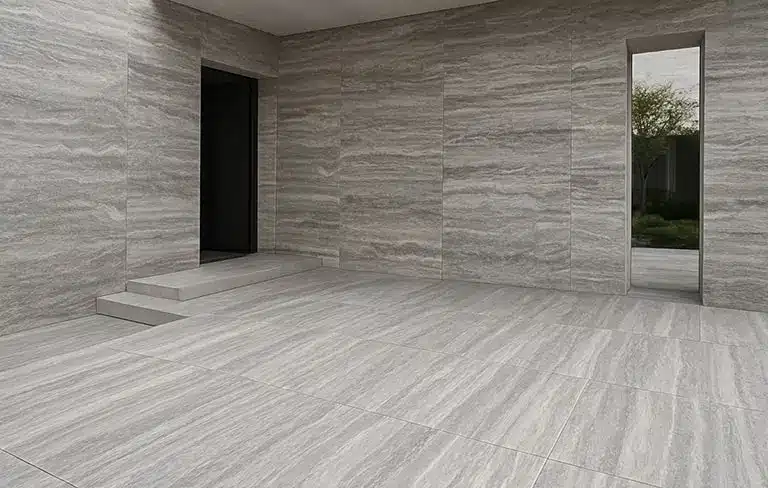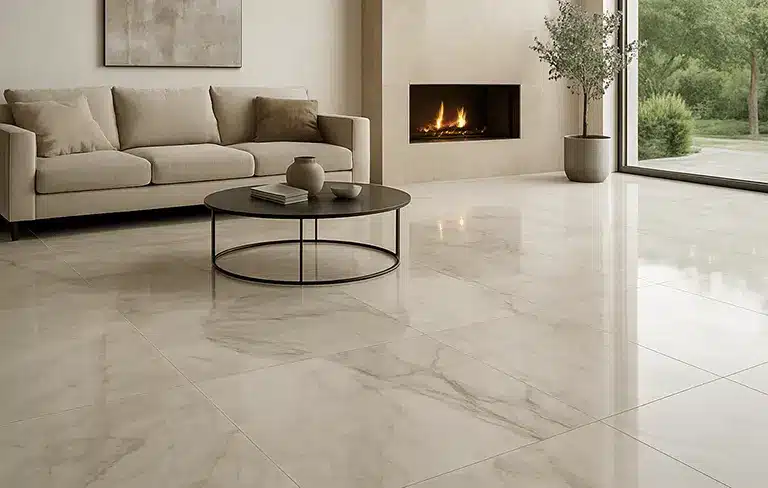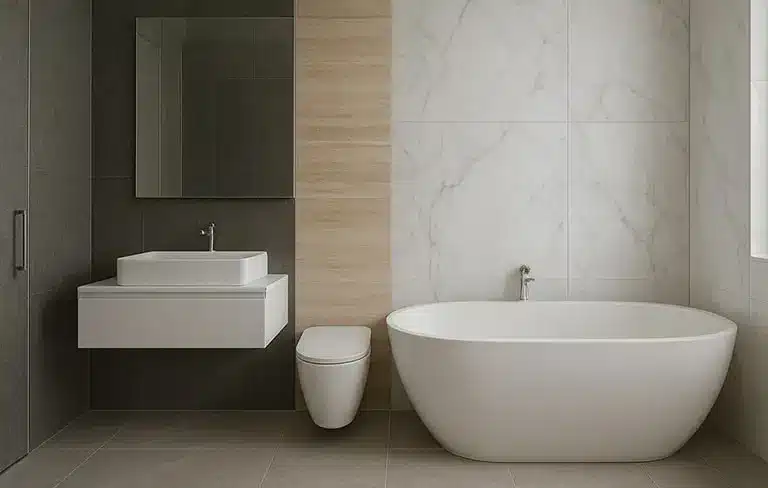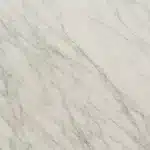
Marble, its uses and characteristics in the construction industry
2025-08-31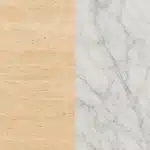
Travertine vs Marble: Which Stone Is the Best for Your Project?
2025-10-12All About Granite Stone: Types, Features, Applications, and Essential Buying Tips
Granite stone is one of the most popular and widely used building stones offered by Mr. Silver Company. From ancient civilizations to modern construction, granite has played a vital role in architecture and design. This igneous rock, characterized by its coarse grains, is mainly composed of quartz, feldspar, and small amounts of mica, amphibole, and biotite. Typically, granite contains about 20–60% quartz and 10–65% feldspar. Its light shades are primarily due to quartz and feldspar, while darker colors result from higher concentrations of other minerals.
Formation and Texture of Granite Stone
Granite forms from the slow and gradual cooling of molten magma deep within the Earth’s crust. This slow crystallization process creates a coarse-grained texture, sometimes porphyritic, where larger crystals are embedded within a finer matrix. The natural veining and grain patterns of granite provide unique aesthetics unmatched by artificial stones.
Color and Patterns of Granite
The colors and patterns of granite depend on its mineral composition and crystallization process. Variations in cooling speed affect crystal size and arrangement, which explains the wide range of textures and appearances. Granite stones are generally classified by grain size into three types:
– Fine-grained: less than 2 mm
– Medium-grained: between 2–5 mm
– Coarse-grained: more than 5 mm
Types of Granite by Color and Their Applications
White Granite
White granite is never purely white due to the presence of minerals and usually features gray or yellow specks. Major producers include Italy, Spain, Portugal, and Norway. It is mostly used indoors—such as in hotels, lobbies, and hallways—but is not recommended for exterior facades as it attracts dust and may discolor.
Black Granite
Black granite owes its color to a high content of amphibole and biotite. Available in first and second grade, the first grade has a uniform dark surface, while the second contains scattered crystals. It is ideal for flooring, staircases, exterior cladding, and memorials, thanks to its resistance to heat, abrasion, and heavy foot traffic.
Gray Granite
Composed mainly of quartz, feldspar, and amphibole, gray granite ranges from light to dark shades. It is widely used in parking floors, wall claddings, and office buildings. Iranian varieties, such as Mashhad Pearl Granite, are more suitable for indoor spaces due to relatively higher water absorption.
Red Granite
Its vivid red color is due to potassium feldspar and iron oxides. Brazil, India, China, and Ukraine are leading producers. In Iran, Yazd and Ardestan red granite are well-known. It is popular for both exterior and interior cladding because of its durability and striking appearance.
Pink or Peach Granite
This granite type, colored by potassium feldspar, is found in limited deposits such as Bahareh Zanjan in Iran. It is mostly used for flooring, stairs, and decorative purposes, and is often exported due to restricted availability.
Green Granite
Green granite contains minerals like amazonite and green feldspar. Famous Iranian types include Anari Birjand and Kahooei Birjand granite. Its low water absorption and excellent strength make it ideal for both interior and exterior flooring and cladding.
Blue Granite
Among the rarest granite types, blue granite is primarily made of monzonite. It is highly valued and commonly used for kitchen countertops, bathrooms, and decorative walls.
Key Features and Advantages
– High compressive strength (above 200 MPa)
– Specific gravity around 2.7 g/cm³
– Heat resistance up to 400°F
– Exceptional resistance to wear, impact, and water penetration
– Durability and long service life
– Weather and temperature resistance
– Easy maintenance and cleaning
– Compatibility with other materials like glass, steel, and wood
– Suitable for heavy-traffic areas such as corridors, stairs, and malls
– Wide range of colors and designs to match interiors and facades
Disadvantages
– Risk of rust in some types due to iron particles
– Poor thermal and sound insulation
– High extraction and processing costs
– Complex installation requiring skilled labor
– Heavy weight adding structural load
– Dust accumulation on exterior applications
– Slower installation compared to tiles and ceramics
Granite Classification by Geological Age
Granite stones are formed in different geological eras:
– Pre-geological eras (2 million years ago)
– Mesozoic era
– Cenozoic era
This classification influences the texture and quality. For example, Cenozoic granites are often finer-grained and more suitable for decorative uses.
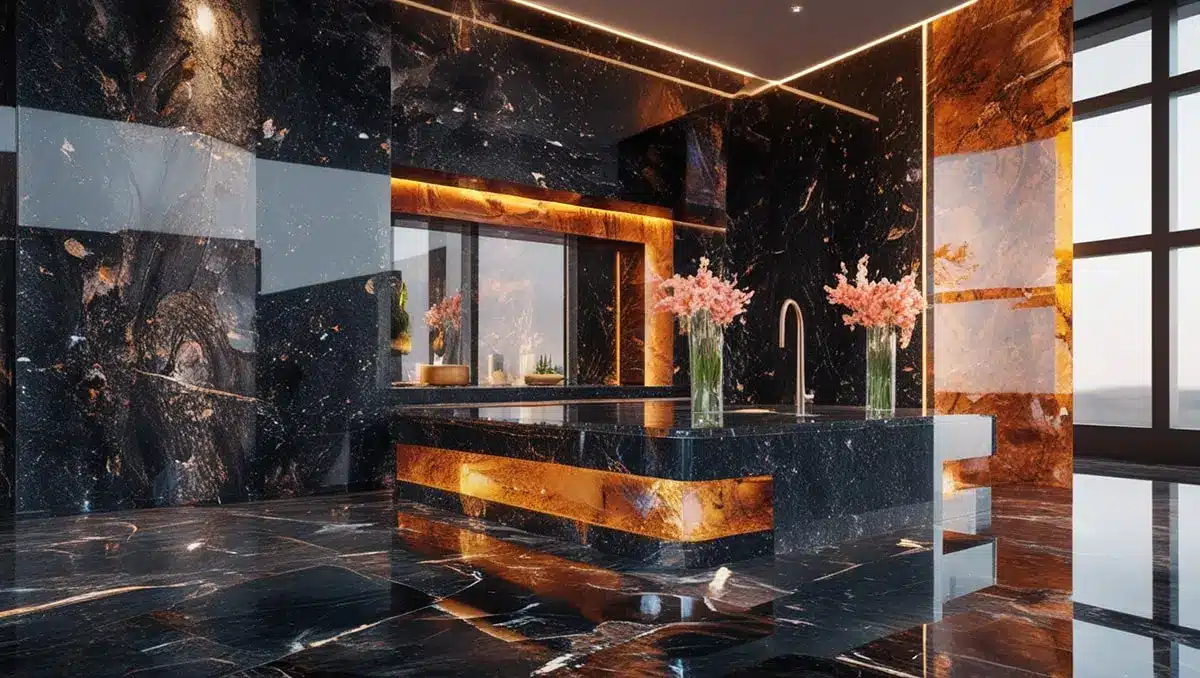
Granite Grading by Quality
– Grade 1 (Economic): Affordable, suitable for low-traffic apartments, available in various colors and patterns.
– Grade 2 (Standard): Medium thickness, unique textures, often imported from Brazil and India.
– Grade 3 (Premium): Highest quality, rare colors, and exceptional designs, with premium pricing.
Comparison with Tiles and Ceramics
– Appearance: Natural granite has unique veins, while tiles/ceramics offer artificial patterns.
– Durability: Granite is stronger and more resilient than tiles and ceramics.
– Cost: Granite is more expensive due to extraction and processing challenges.
– Installation: Granite requires expert installers; tiles are easier to install.
– Water resistance: Granite is denser and more resistant to moisture.
Applications of Granite
– Flooring and paving for streets and sidewalks
– Kitchen countertops and cabinet surfaces
– Interior and exterior cladding
– Stairs, fireplaces, and decorative walls
– Monuments, gravestones, and sculptures
– Laboratory applications due to chemical resistance
– Bathroom and sanitary designs
– Crushed granite for roadbeds, foundations, and railways
Granite Pricing Factors
Granite prices depend on quality, color, pattern, dimensions, grade, processing type, and quarry location. Rare types like blue and red granite are more expensive, while gray varieties are more affordable.
Conclusion
Granite stone is a timeless choice for construction and design due to its beauty, strength, durability, and versatility. With proper care, granite surfaces maintain their charm for decades. Iran’s advanced production technologies also enable global-level granite supply, making it a top choice for both domestic and international projects.

